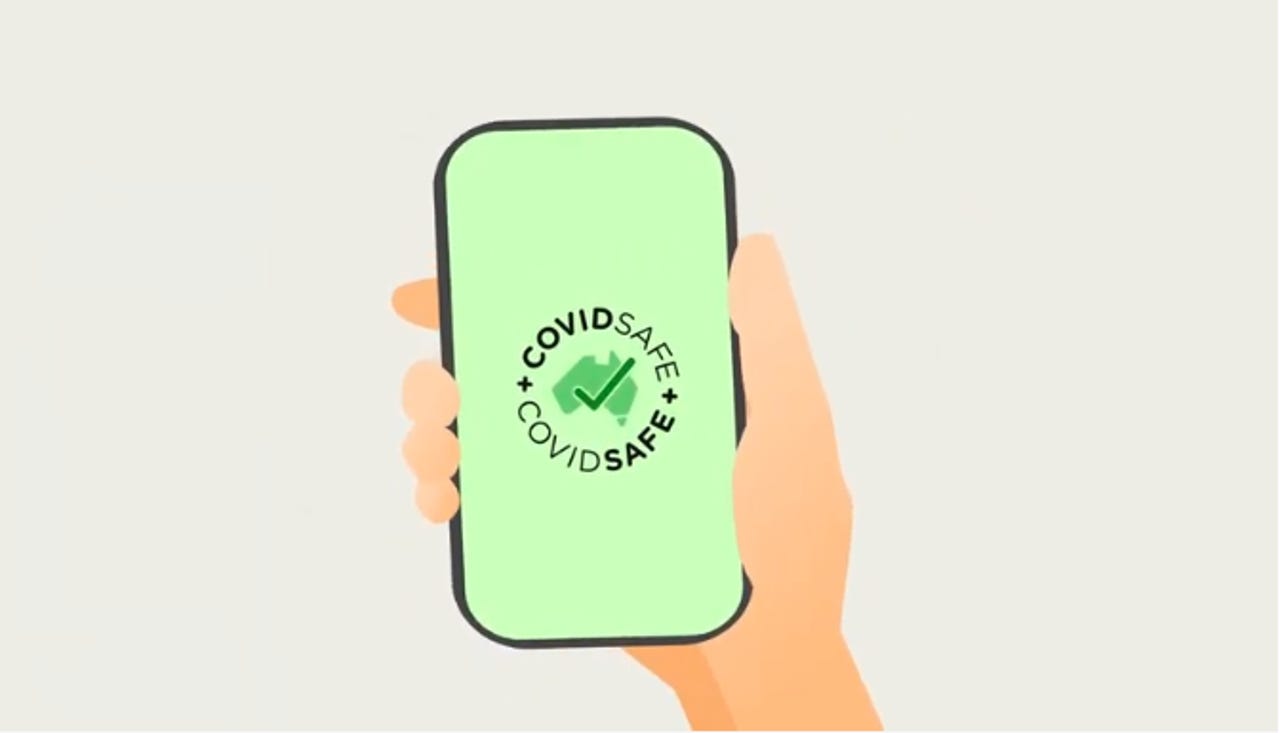COVIDSafe might actually be useful after all


COVIDSafe, Australia's coronavirus contact tracing app, may not be totally useless, according to modelling released on Tuesday by the Sax Institute in Sydney.
The peer-reviewed research shows that it would be "vital" to continue social distancing and large-scale testing to avoid a so-called "second wave" of COVID-19 infections, but also that COVIDSafe "has the potential to be an important adjunct".
"Depending on the level of community uptake of the app, it could have a significant mitigating effect on a second wave of COVID-19 in Australia," they wrote.
The team calibrated their model using actual Australian data up to 16 May 2020. They modelled five scenarios out to December 31, varying the tapering off of social restrictions and testing, and different levels of COVIDSafe use.
"In all five scenarios, the modelling projects a second wave of COVID-19 if the easing of restrictions continues," the researchers wrote. The size and timing of the second wave would depend on how quickly restrictions are lifted.
"In all scenarios, a high app uptake (61% or 80%) noticeably flattens the epidemic curve, giving time for the health system to respond and social distancing measures to be promoted," they wrote.
"The COVIDSafe app has the potential to moderate the size of the second wave. The effect of the app increases as its uptake increases, to a disproportionately greater extent than the increment in uptake."
The researchers looked at a "high level" of app uptake: 61% of the population. That's their estimate of the proportion of Australians with a smartphone, in the age range likely to use the app (older than 14 years), and with the technical literacy to download it.
At this level, the number of second-wave COVID-19 cases was reduced by between one-third and three-fifths when compared with zero app use, depending on the scenario.
At 80% app use, the reduction in cases was more than 70% in three of the five scenarios -- although the researchers acknowledge that this is "an aspirational level that would require an increase in smartphone ownership".
At a low level of app uptake (27% of smartphone users aged 14 and over, the uptake level as of May 20), the number of extra cases was only reduced by between one-eighth and one-quarter.
As with all models, this research has its limits. It's based on an "average disease profile" and on behaviours generalised to the whole Australian population.
Age-related effects on behaviours, transmission rates, and app use were not included.
"Also, the model does not account for events with low probability and large effect, such as simultaneous arrival of a large number of infected international travellers," the researchers wrote.
They also acknowledge that there are instances where the app may not work and that a "large proportion of the population" must be motivated to download and use the app consistently.
So far that's not happening. The number of COVIDSafe downloads flattened earlier this month, and usage still sits well below 30%.
"Although the app would have benefits in a second wave of COVID-19, the current low incidence of COVID-19 in Australia may create a perception that a second wave will not occur, and this may militate against preparedness," they wrote, although that was before the latest spike in cases in Victoria.
'There's no way we're shifting' to the Google-Apple tracing API
As the Sax Institute researchers note, it still seems "likely" that lingering privacy concerns will affect app uptake. COVIDSafe has also been plagued by technical problems, mixed messaging, misinformation, and a lack of transparency.
Some of the technical and privacy problems could be addressed by switching to the new contact tracing API developed jointly by Google and Apple -- something that wasn't available when COVIDSafe was developed.
But the Australian government has once more refused to take that path.
"There's no way we're shifting to a platform that will take out the contact tracers," said Nick Coatsworth, Australia's deputy Chief Medical Officer, on Channel Ten's The Project on Sunday.
"The Apple Google app, it fundamentally changes the locus of control," he said -- although removing centralised control is actually the point.
Internationally, the effectiveness of COVID-19 tracing apps has been patchy at best.
France also went its own way rather than using the Google-Apple tech, but the resulting StopCovid app has been underwhelming. Less than 2% of the French population has activated the app, and a quarter of them have subsequently uninstalled it.
The UK dumped its developed efforts after an initial trial.
Meanwhile, Australia's COVIDSafe has yet to identify a new COVID-19 case who hasn't already been found using traditional contact tracing methods.
Related Coverage
- Australia's COVIDSafe contact tracing story is full of holes and we should worry
- DTA knew of weak iPhone COVIDSafe performance despite go-live
- DTA fixed COVIDSafe Bluetooth vulnerability 21 days after it was notified
- Locked iPhones rendered almost useless in Australia's COVIDSafe tracking efforts
- Department of Health has no target for COVIDSafe uptake
- Australian government justifies decision to go with AWS for COVIDSafe